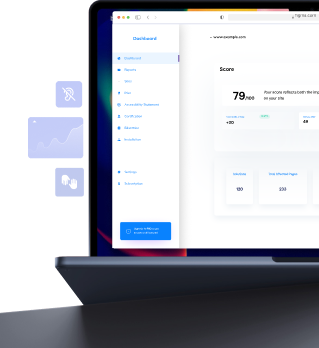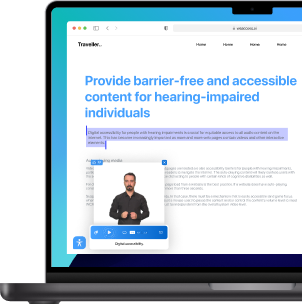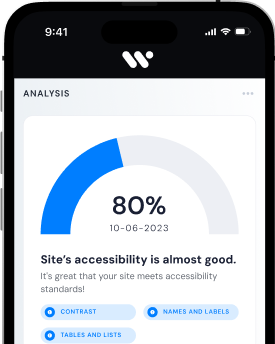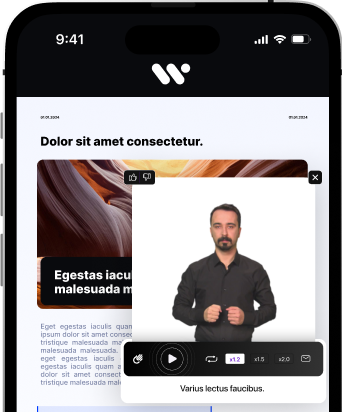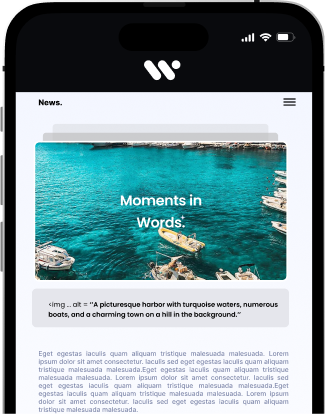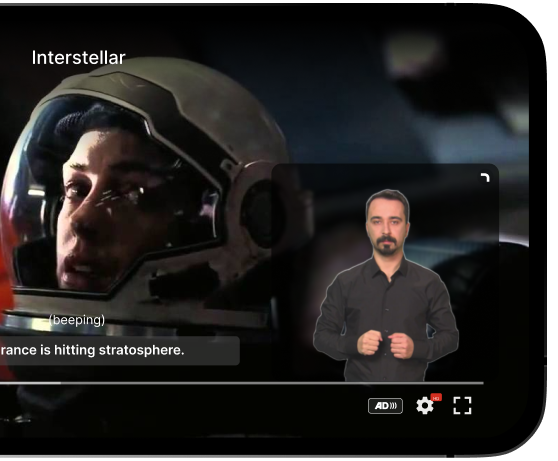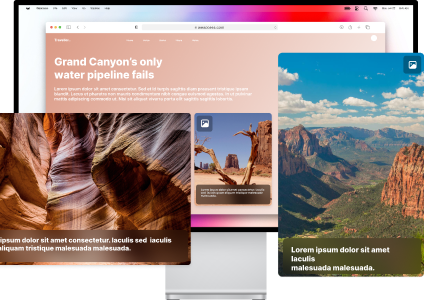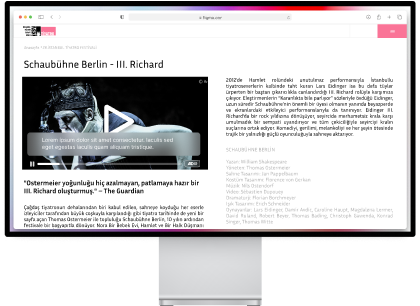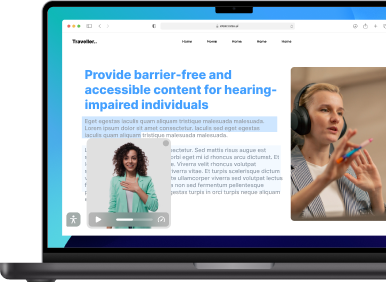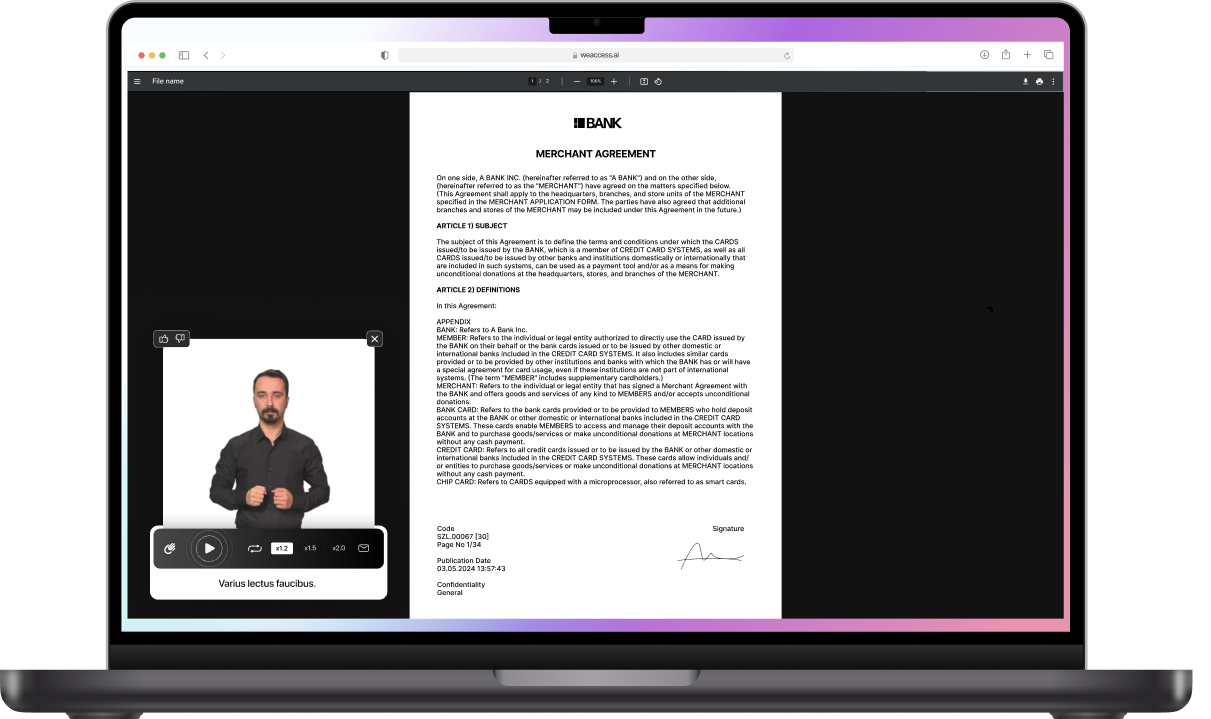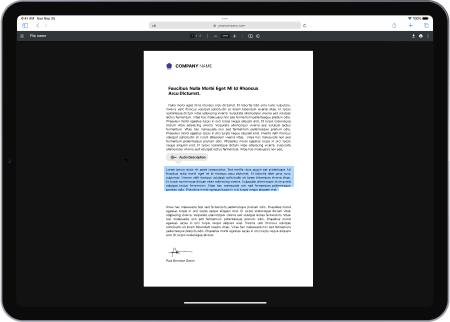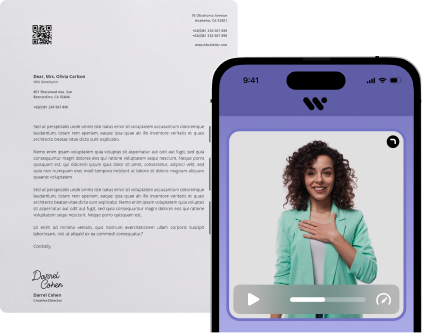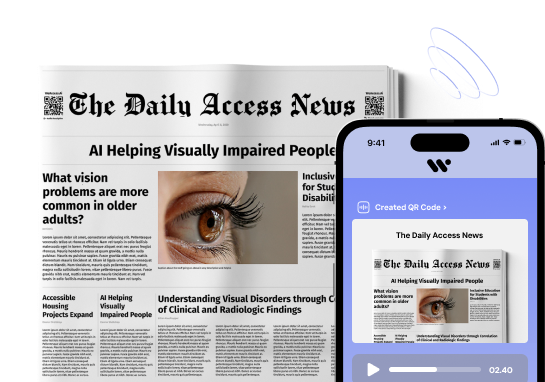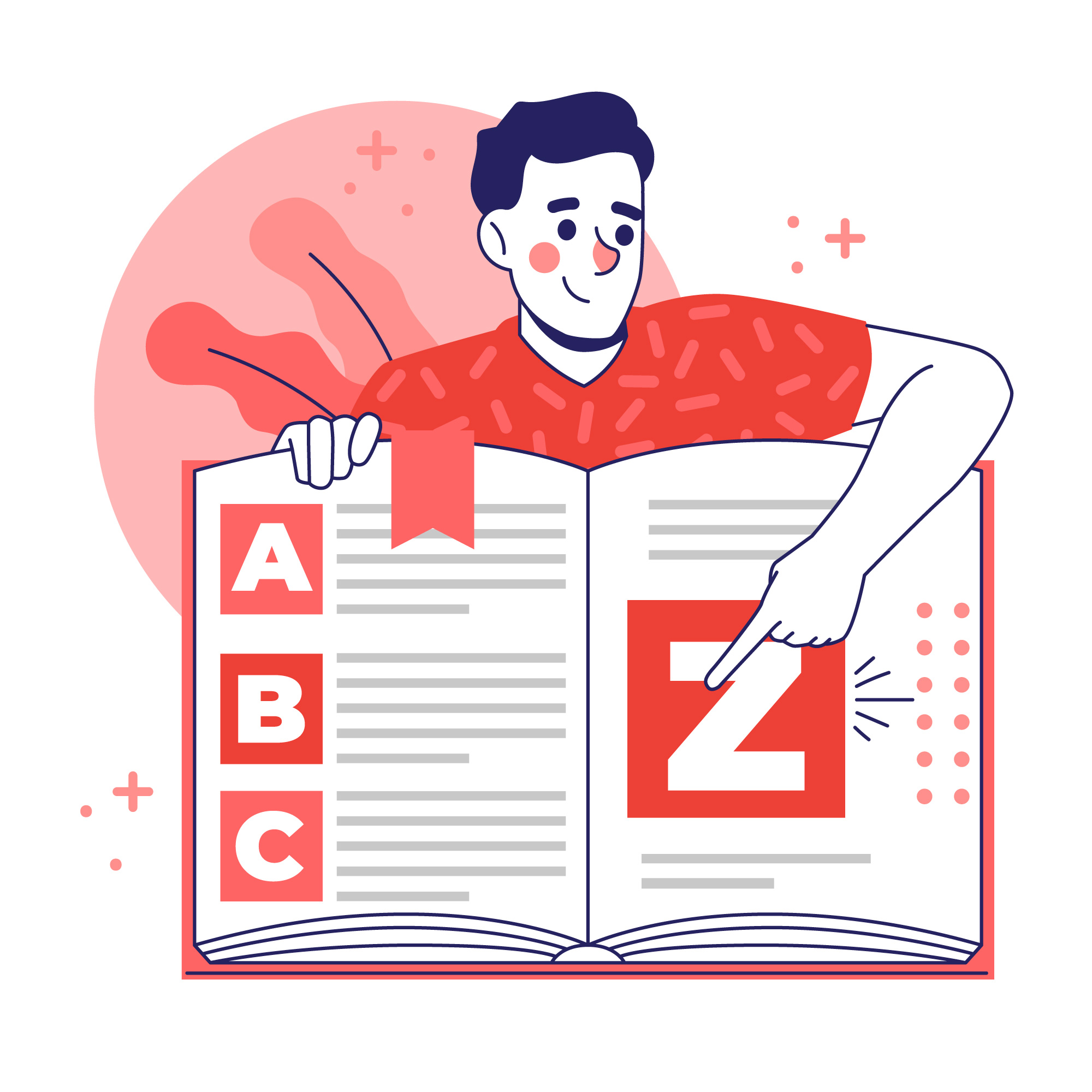10 Popular Questions About the Best Fonts for Dyslexia
If you're reading this article, you likely have an interest in making text more accessible for individuals with dyslexia. Dyslexia is a neurological condition that affects reading and language processing, and choosing the right font can make a significant difference in readability for people with dyslexia. In this article, we will explore 10 popular questions about the best fonts for dyslexia and provide detailed answers to help you understand and select fonts that are dyslexia-friendly.
1. What Are Good Fonts for Dyslexia?
Choosing a good font for dyslexia is crucial for enhancing readability. Dyslexia-friendly fonts are designed to reduce reading difficulties for individuals with dyslexia. Here are some fonts that are considered good for dyslexia:

- OpenDyslexic:
OpenDyslexic is one of the most well-known dyslexia-friendly fonts. It features distinct letterforms with weighted bottoms, making it easier for individuals with dyslexia to differentiate between letters.
- Dyslexie:
Dyslexie is another widely used font designed specifically for dyslexic readers. It emphasizes letter spacing and unique letterforms to enhance readability.

- Comic Sans:
While not originally designed for dyslexia, Comic Sans is often recommended due to its informal and rounded letter shapes, which can aid dyslexic readers.

- Arial:
Arial is a simple, sans-serif font that can be a good choice for dyslexic readers because of its clarity and uniformity.

- Verdana:
Verdana is another sans-serif font known for its clarity and readability on screens, which can benefit individuals with dyslexia.
2. What Is the Best Font for Dyslexics?
While there isn't a single font that can be universally considered the absolute best for all dyslexic individuals, OpenDyslexic and Dyslexie are often recommended as top choices. However, it's essential to understand that individual preferences may vary. Some dyslexic readers might find Comic Sans or Arial more comfortable to read. Ultimately, the best font for dyslexics depends on the individual's preferences and needs.
3. What Is the Easiest Font to Read for Dyslexia?
The easiest font to read for dyslexia can vary from person to person, but fonts like OpenDyslexic and Dyslexie are designed with dyslexic readers in mind. These fonts incorporate features that reduce letter confusion and improve letter recognition, making them easier to read for many individuals with dyslexia.
4. Are There Free Dyslexia Fonts Available?
Yes, there are free dyslexia fonts available for download. Fonts like OpenDyslexic and Dyslexie offer free versions that can be used for various purposes, including educational materials, websites, and documents. These fonts are often distributed under open-source licenses, making them accessible to a wide audience.
5. What Is the Dyslexia Font and How Does It Work?
The dyslexia font, such as OpenDyslexic or Dyslexie, works by incorporating specific design elements that address common reading challenges faced by individuals with dyslexia. These design elements may include:
- Weighted Bottoms:
Letters are designed with heavier or thicker bottoms to prevent them from appearing upside down or reversed.
- Distinct Letterforms:
Dyslexia-friendly fonts often have unique letter shapes that make it easier to differentiate between letters that are commonly confused.
- Ample Letter Spacing:
Increased spacing between letters and words helps prevent them from running together.
- Simplified Punctuation:
Clear and straightforward punctuation marks are used to reduce visual clutter.
These design choices aim to improve reading fluency and reduce the cognitive load on individuals with dyslexia.
6. Which Fonts Are Easiest to Read on Screen?
When it comes to on-screen reading, certain fonts are better suited for digital displays. Dyslexic readers may find sans-serif fonts like Arial, Verdana, and Calibri to be easier to read on screens. These fonts offer clarity and legibility, which can enhance the reading experience for individuals with dyslexia.
7. What Is the Coolest Font on Microsoft Word for Dyslexia?
While the term "coolest" is subjective, Microsoft Word offers several dyslexia-friendly fonts that you can use to improve readability. Some of these fonts include Arial, Calibri, and Century Gothic. Experiment with these fonts to determine which one aligns best with your preferences and needs.
8. What Are the Best Windows Fonts for Dyslexia?
Windows provides a variety of fonts that can be suitable for dyslexic readers. In addition to the aforementioned Arial and Calibri, you can also consider fonts like Tahoma and Segoe UI. These fonts are known for their clarity and legibility on Windows-based devices.
9. Can Fonts Help with Dyslexia?
Yes, dyslexia-friendly fonts can help individuals with dyslexia read more comfortably and efficiently. These fonts are designed to mitigate common challenges, such as letter confusion and crowding, which are often experienced by dyslexic readers. While fonts alone cannot cure dyslexia, they can significantly improve the reading experience.
10. How Does Open Dyslexic Font Work?
OpenDyslexic is a font designed to address the unique needs of dyslexic readers. It works by implementing several key features that enhance readability:
- Weighted Letterforms:
OpenDyslexic uses heavier letter bottoms to anchor letters, reducing the likelihood of letter inversion or confusion.
- Unique Letter Shapes:
The font incorporates distinct letterforms that make it easier to differentiate between commonly confused letters.
- Ample Letter Spacing:
Increased spacing between letters and words prevents them from blending together.
- Simple Punctuation:
Clear and straightforward punctuation marks reduce visual complexity.
- OpenDyslexic's design principles aim to make reading a less taxing and more enjoyable experience for individuals with dyslexia.
In conclusion, selecting the right font for dyslexia can significantly improve reading experiences for individuals with this condition. Dyslexia-friendly fonts like OpenDyslexic and Dyslexie, as well as some standard fonts like Arial and Verdana, offer enhanced readability. Remember that individual preferences may vary, so it's essential to consider the needs of the reader when choosing a font.With WeAccess.Ai, you can make your website accessible for dyslexic individuals with one click. See you in our next articles.
You may be interested : Digital Accessibility and Competitiveness

